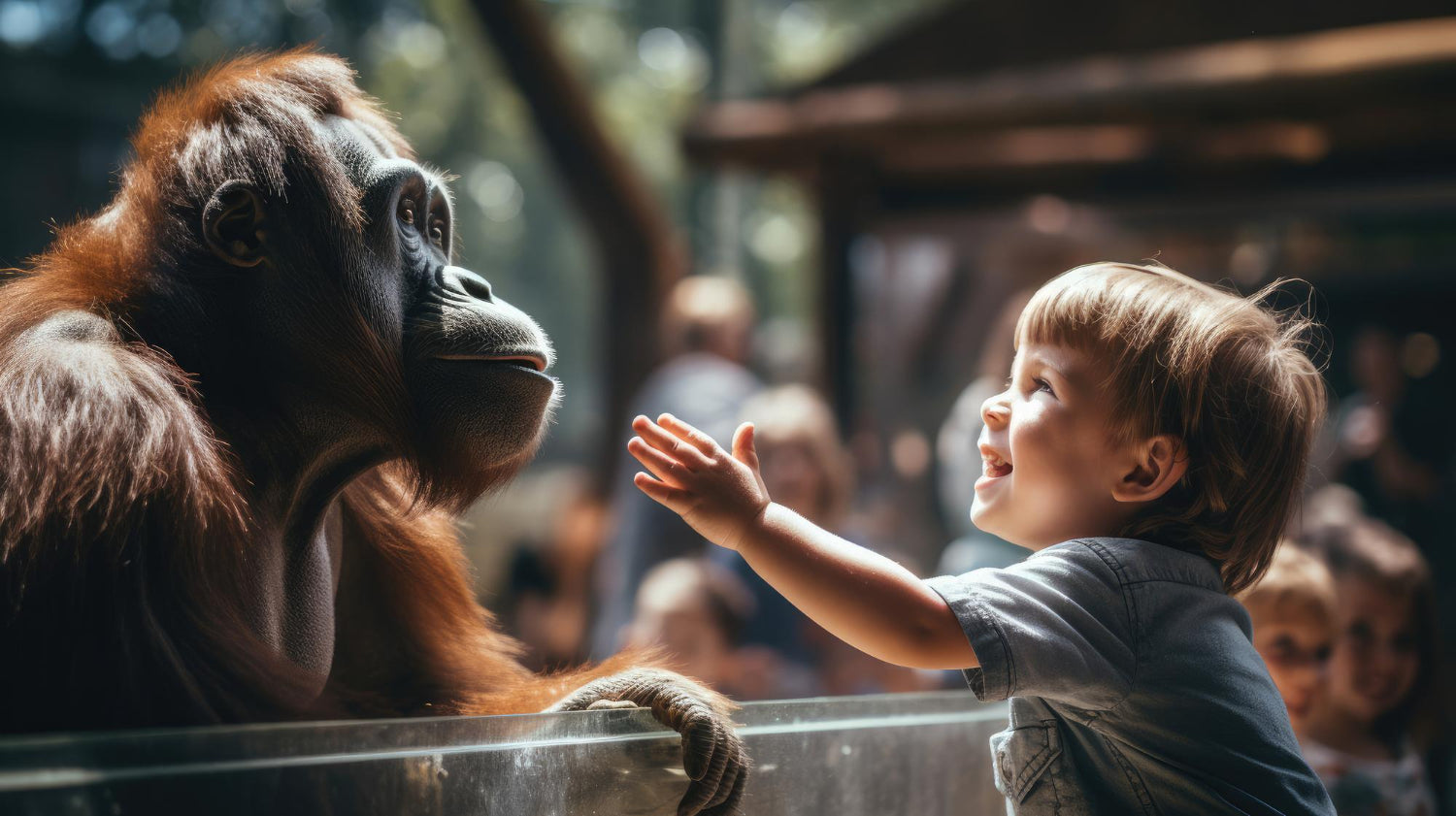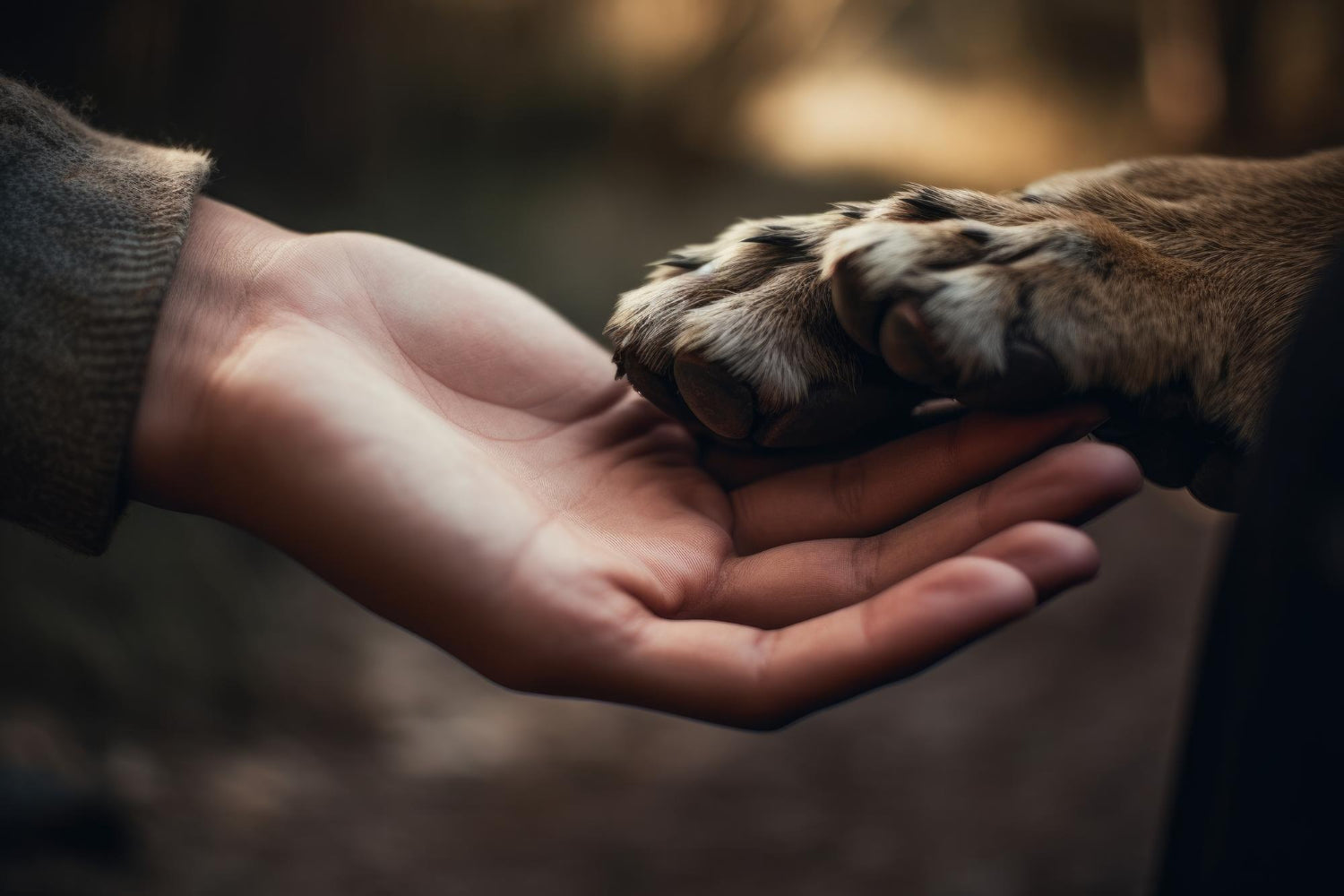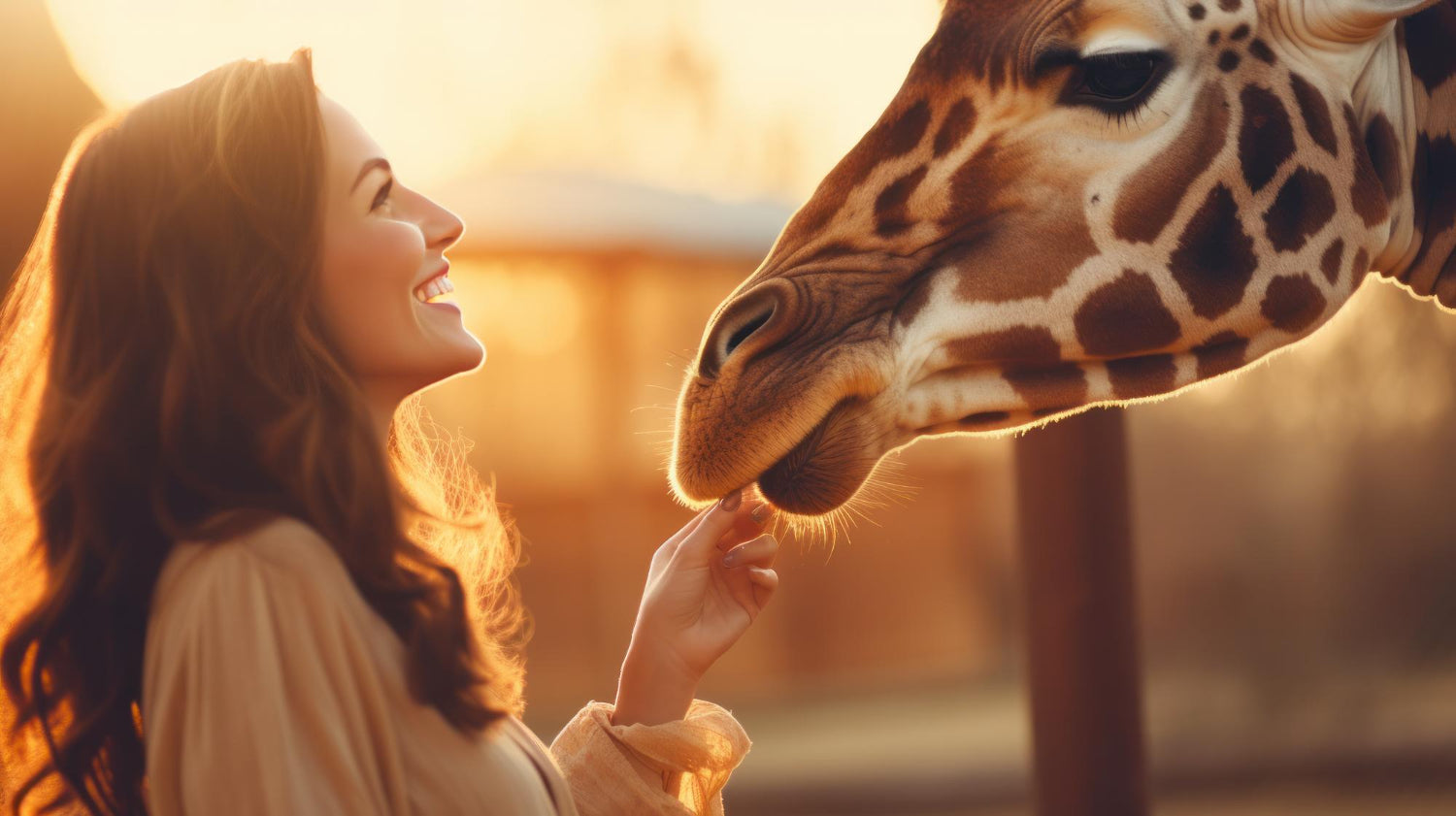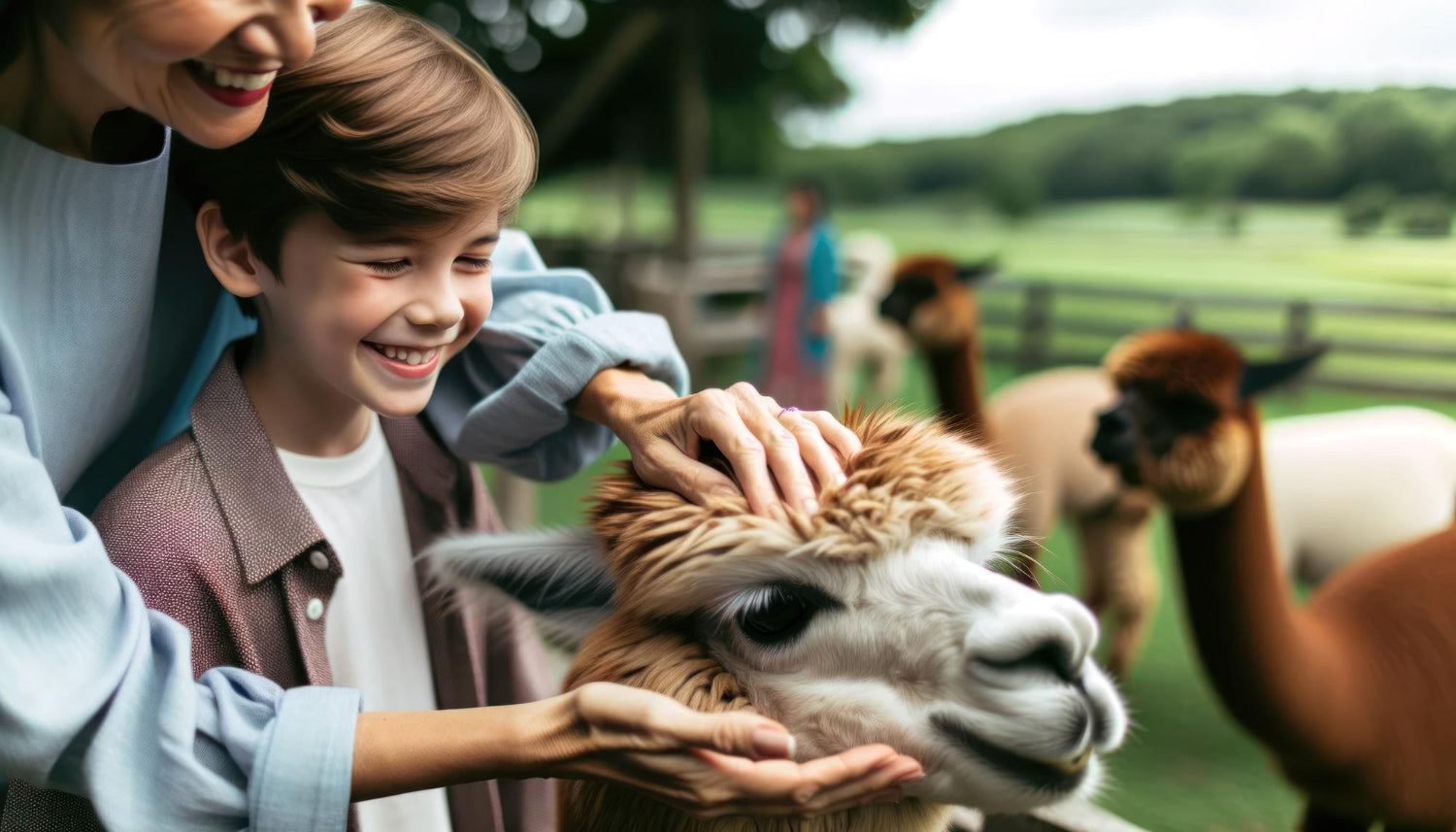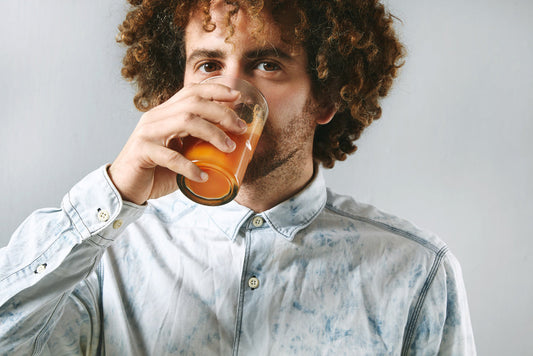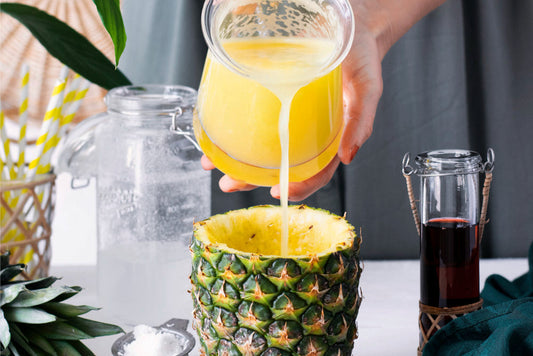FARM AND ZOO IN ONE PLACE
A model that combines business, the rescue of endangered species and a healthy lifestyle
Our small farm is already saving lives, but now we want to do even more. We plan to create a safe environment for as many endangered and little-talked-about species as possible. We have the chance to show the world the unique combination of a farm and a zoo.
The sanctuary we provide is a temporary home for endangered species until we can find a suitable new home for them. In some cases, animals can find permanent homes on our farm, where we allow them to live in a natural environment and roam freely among the cannabis plants. This concept is based on a symbiotic relationship between the cannabis farm and endangered species, which allows us to combine animal care with a sustainable agricultural approach.
A key aspect of this model is the sale of our hemp products, which allows us to fund and grow Healthy Zoo. Our farm serves not only as a place to produce excellent hemp products, but also as a refuge for those in need.
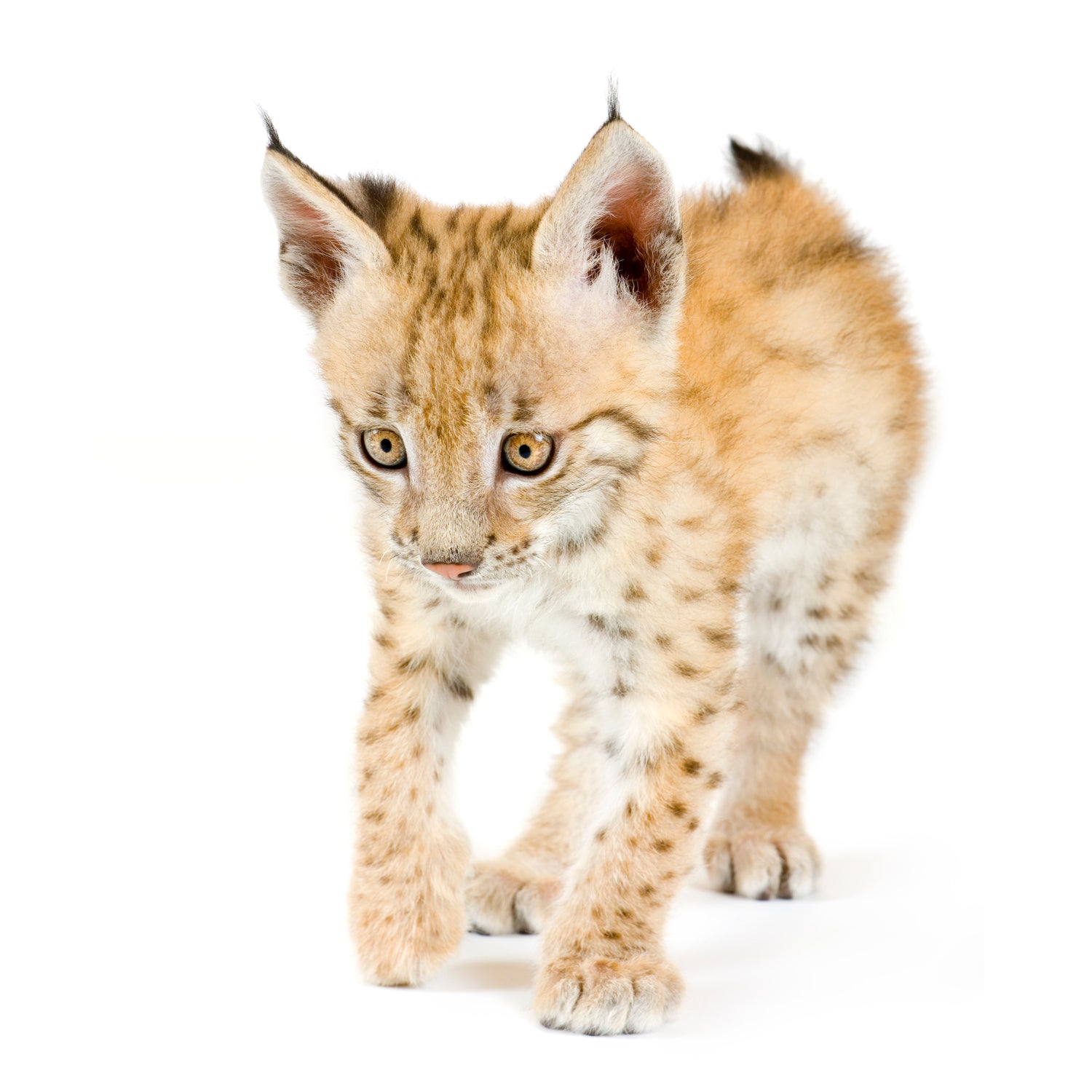
STOP THE CULTURE OF CHILDREN IN ZOOS
OR EVERY ZOO TICKET KILLS YOU
The most publicized case is from the Ostrava Zoo, where two small lynxes were euthanized. For more information, click on the link below!
The culling of young animals in zoos is a controversial topic that has become increasingly public in recent years. In the past, this was mainly done with ungulates, which were considered "useless" and were used as food for other animals in zoos. In carnivores, culling of young animals was done because of redundancy, because it was feared that the species would overpopulate.
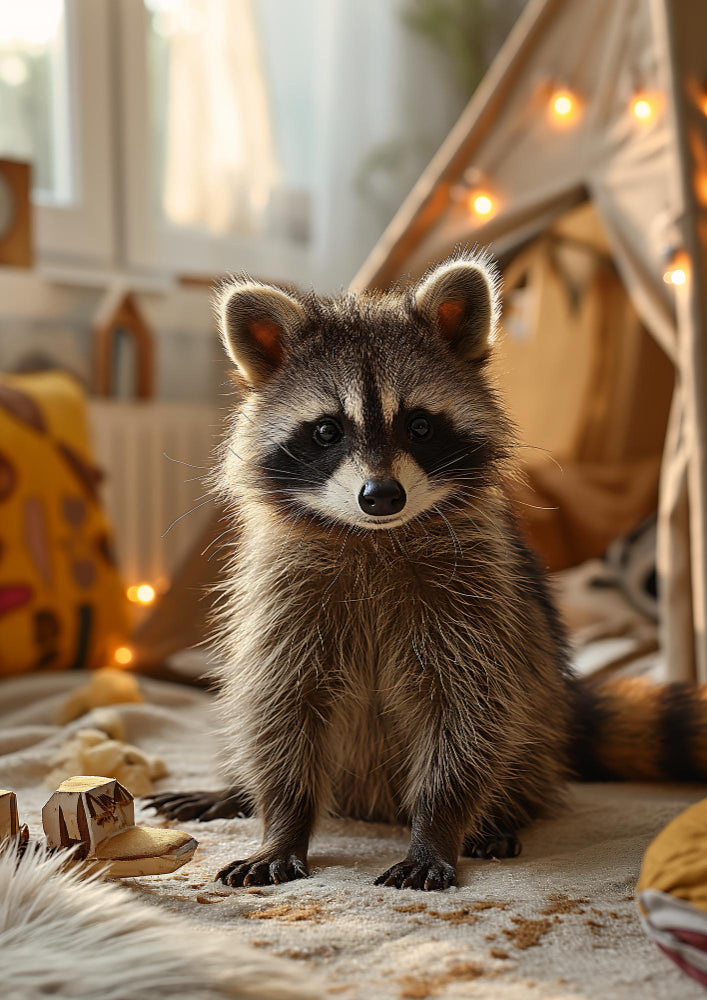
Rehoming: A New Beginning for Rescued Creatures
We believe that every creature deserves a second chance. Rehoming, or finding a new home for rescued creatures, is a cornerstone of our mission. It's not just about being a sanctuary; it's about being a bridge to a new beginning.
We strive for a healthy zoo to be a sustainable model of care, where every creature has a chance to live a happy life in a loving home. This means saying goodbye to prejudice and opening the door to possibilities - endangered species are not just for the chosen few. By meeting specific criteria, anyone who desires a pet other than a traditional pet like a cat or dog can become a home for these unique creatures.
Join us on this journey and become a proud ambassador for change. Because each of us can be a hero in a story of rescue and a new home.
HOW CAN YOU HELP?
- Product Purchases: By purchasing any of our products, you are not only supporting your health, but you are also contributing to our efforts to save endangered species, develop a Healthy Zoo, and create a "Healthy Zoo."
- Financial contributions: Independently of the purchase of the product, you can contribute a financial amount directly to our project and to saving animals at the "Healthy Zoo."
- Hemp Tastings: Join our hemp tastings, where you will not only taste our products, but also learn more about our project, including the meaning of "Healthy Zoo."
- Sharing and talking about us: Talk about us with your friends, share our stories on social media. The more people learn about our project, the more we can do to protect endangered species and support a "Healthy Zoo."
Thank you for joining us on our journey to a healthier life, world, and saving endangered species at the "Healthy Zoo"! 🌿🐾
In the Czech Republic, as in many other countries, the practice of culling healthy endangered species is still a current and controversial topic.
ANSWERS TO QUESTIONS
Why do healthy animals die in regular zoos?
- Attendance and funding: One of the main reasons is the pressure to increase attendance. Cubs are considered an attractive draw for the public, which leads to increased revenue and funding for zoos.
- Space constraints: Zoos have limited space, which makes it difficult to maintain larger animal populations. Limited space means the need to control the population.
- Genetic diversity: Captive breeding requires careful management of genetic diversity. To maintain the genetic health of a population, decisions are sometimes unavoidable, including culling some individuals.
How do we want to change that?
- Education and awareness: Focusing on education and public awareness can help change the demand for visiting zoos due to the visibility of cubs.
- Financial diversification: Zoos could seek alternative funding sources, such as through grants, volunteer programs, and sponsorships.
- Cooperation between zoos: Increased cooperation between zoos allows for more effective management of populations and genetic diversity without the need to cull animals.
Why is our project called "Healthy Zoo"?
We know we may sound a little unconventional, but there is a reason why we call ourselves "The Healthy Zoo." Unfortunately, in regular zoos, healthy young animals are euthanized due to redundancy. Thousands of animals are euthanized in Czech zoos every year, precisely because of redundancy. We want to change this trend and show that there is a better way - the Healthy Zoo way. Our zoo not only does not euthanize healthy animals, but on the contrary, it rescues them and provides them with a loving home.
What makes Caracalya different?
Our Caracalya project aims to bring a new approach to the care of endangered species. We focus on creating a Healthy Zoo, where healthy animals are not euthanized, but instead are saved and given an even better future. We want to show that there are alternatives to euthanasia and that together we can contribute to the conservation of endangered species.
contradiction between CITES recognition and the ban on pet breeding!
- Conflict between CITES and pet ownership bans: Clearly present the conflict between international agreements such as CITES, which aim to protect endangered species, and national bans or restrictions on pet ownership of certain endangered species.
- Impact on species conservation: Draw attention to the potential negative impact that banning hobby breeding may have on the preservation of genetic diversity and the care of endangered species in captivity.
- Open dialogue with government: Consider establishing an open dialogue with government authorities to discuss the conflict between CITES and national measures regarding pet ownership. You can highlight the benefits of pet ownership when carried out with appropriate care and controls.
- Support for change: Support changes in legislation or approaches to hobby breeding to achieve a balance between protecting endangered species and maintaining genetic diversity in captivity.
- Public Involvement: Actively involve the public in the campaign. You can ask citizens to express their support for changes in the approach to the hobby breeding of endangered species.
Are you going to the zoo? You're indirectly killing!
The Healthy Zoo project invites visitors to reflect on the fact that everyone who visits a regular zoo may indirectly contribute to the culling of healthy cubs. Some zoos carry out practices where healthy cubs are euthanized due to redundancy, which is a controversial topic that deserves public discussion and critical reflection.
The Healthy Zoo Project believes that the public should be informed about various aspects of zoo care, including the issue of culling healthy cubs. When visiting a regular zoo, any visitor may unknowingly support practices that are contrary to the principles of endangered species conservation. By becoming aware of these issues, the public can become more actively involved in changing zoo attitudes and policies.
The Healthy Zoo project gives visitors the opportunity to reflect on the ethical aspects of zoo care and think about how their visit may affect the care of animals in captivity.


